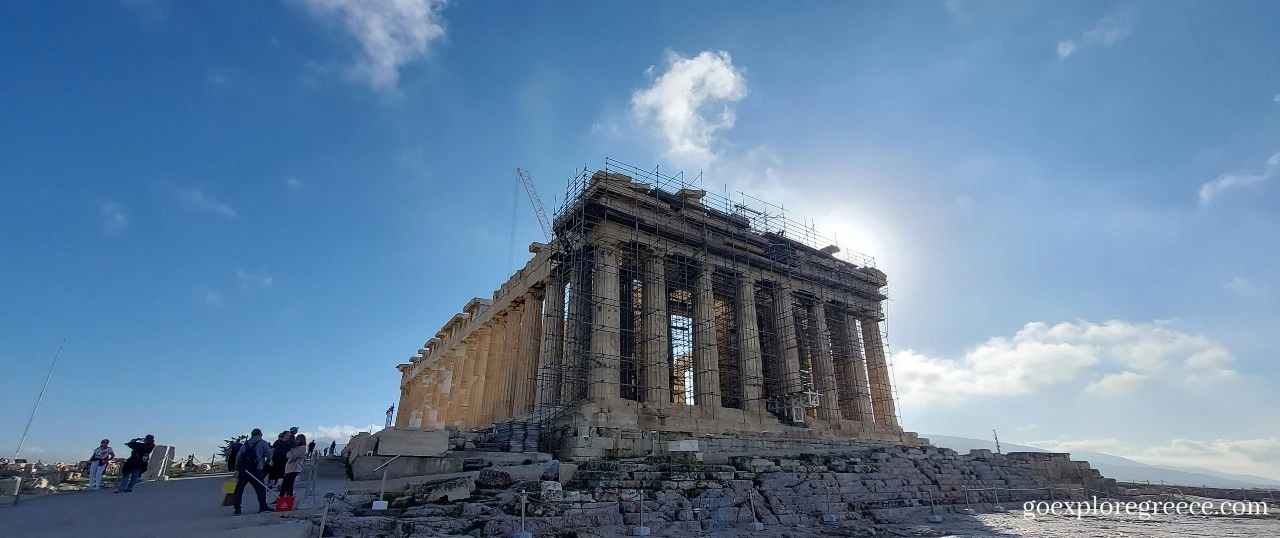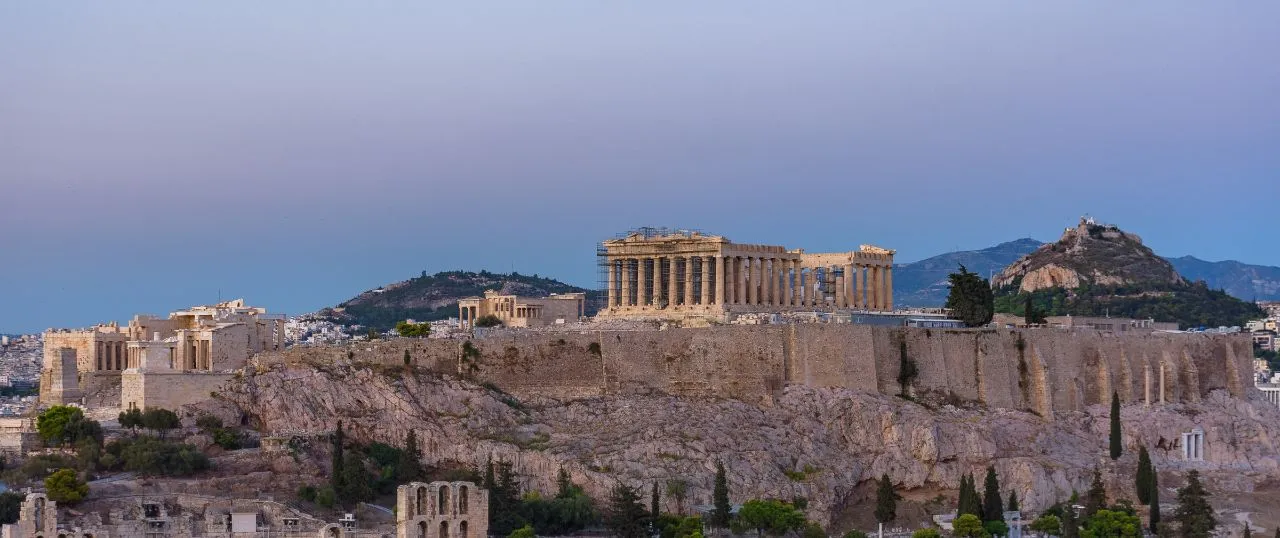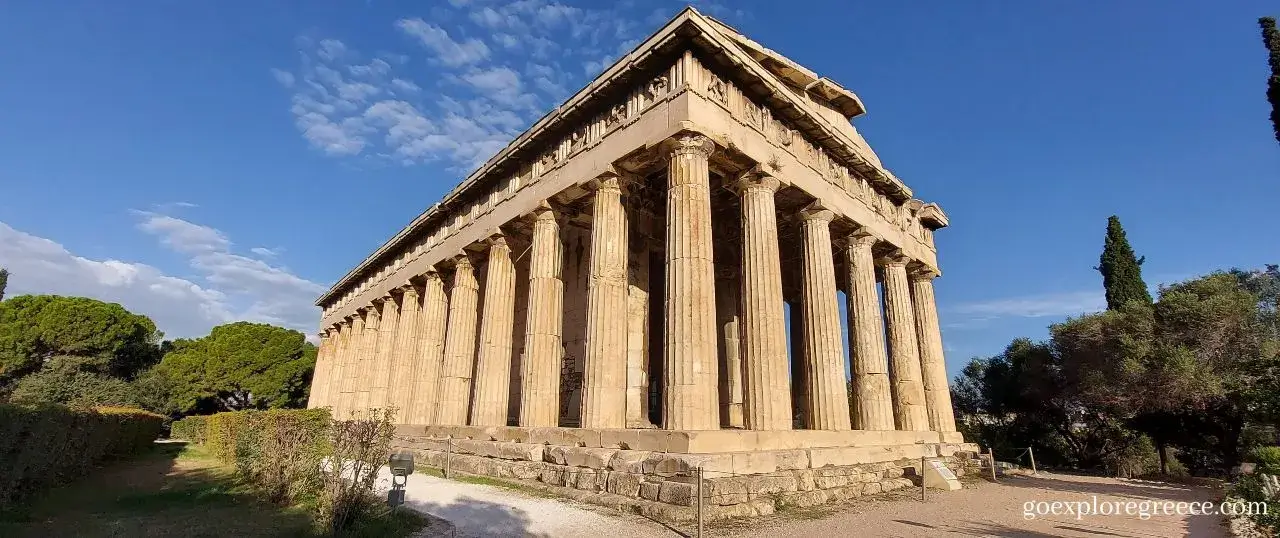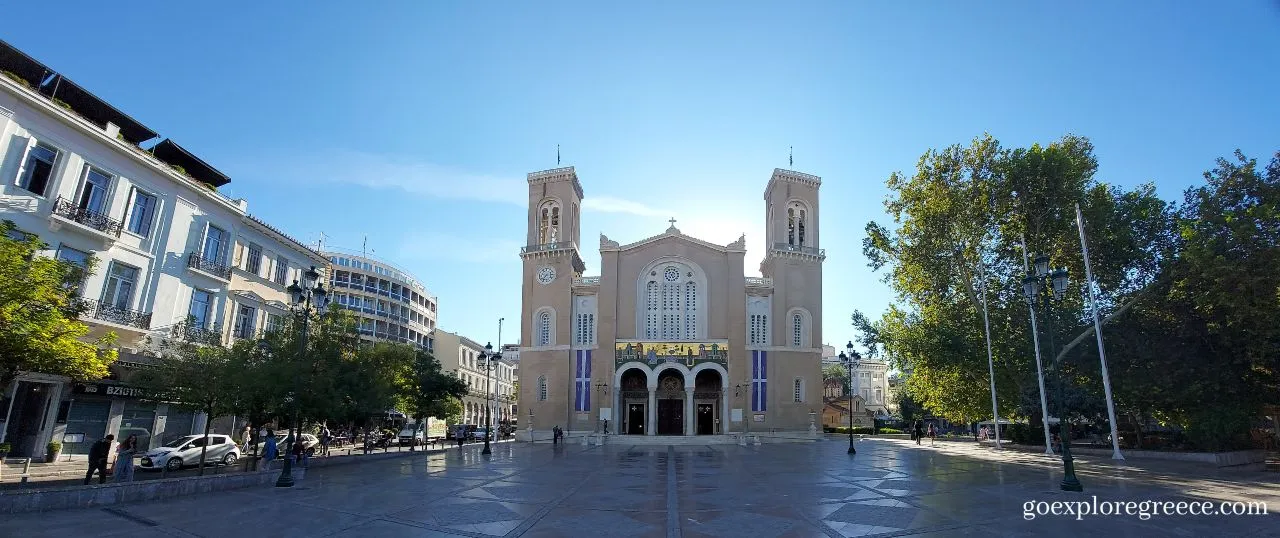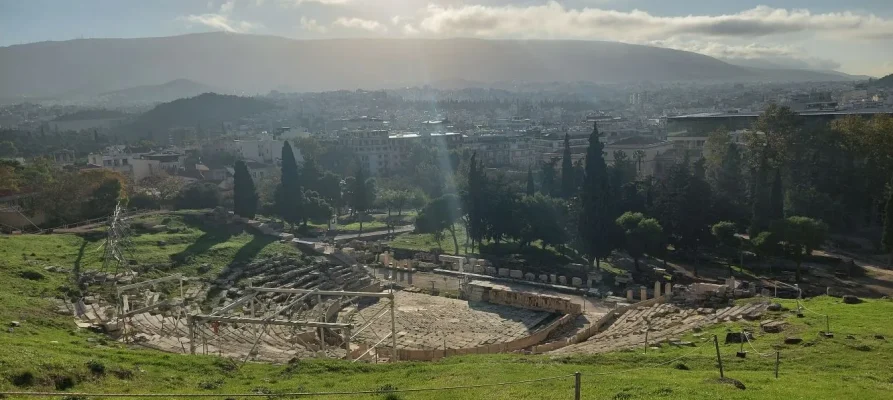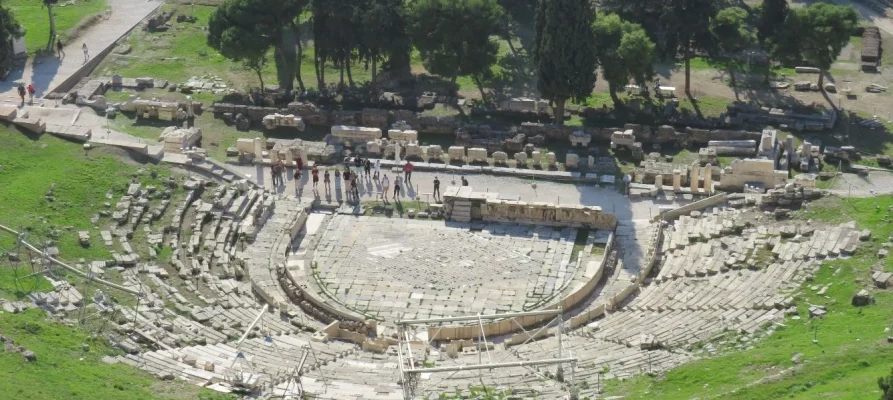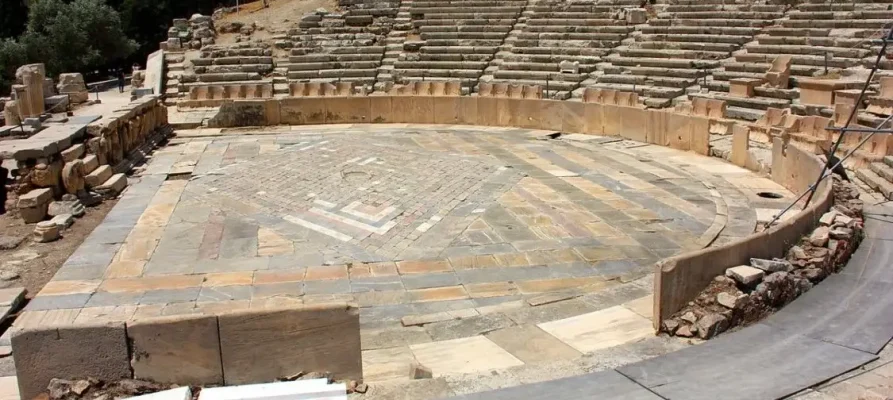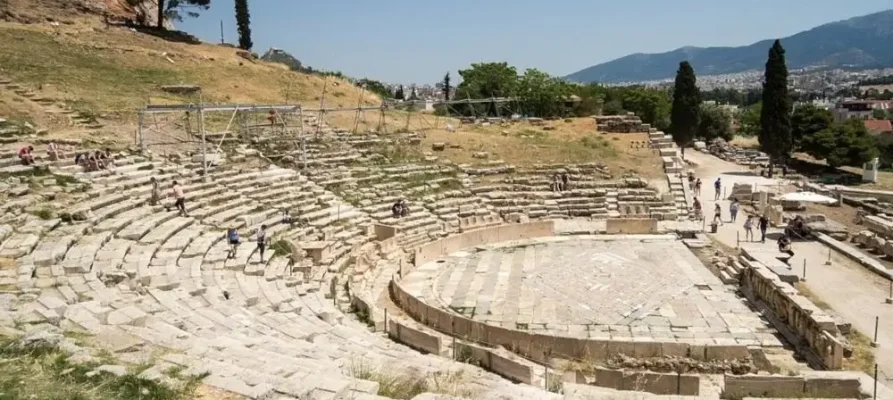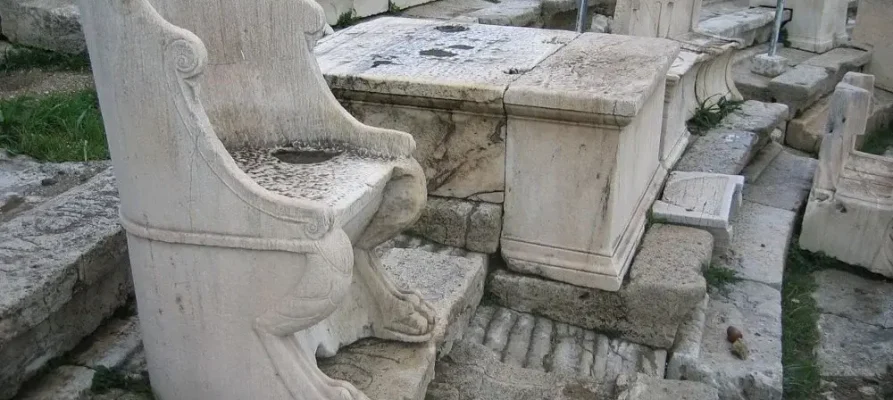Theatre of Dionysus
Theatre of Dionysus
I can’t begin to express how thrilled I am to share one of Athens’s most awe-inspiring ancient sites: the Theatre of Dionysus. Its rich history, breathtaking architecture, and unique cultural significance make it an absolute must-visit for anyone travelling to this beautiful city.
Located on the southern slope of the world-renowned Acropolis of Athens, the Theatre of Dionysus is an absolute gem steeped in ancient history. As you wander through the ruins, you’ll almost be able to hear the echoes of the past, with the spirits of long-gone actors and playwrights lingering in the air. This theatre, my friends, is where it all began; it’s the birthplace of Western theatre and drama as we know it today.
As its name suggests, the Theatre of Dionysus was built to honour the god of wine, fertility, and, of course, theatre: Dionysus. The ancient Athenians believed that the art of drama was a gift from this god, and so they constructed this monumental theatre to pay homage to him. It’s also known as the Dionysia, which refers to the festivals held in his honour, where playwrights would stage their plays and compete for the top prize.
Now, let’s dive into what makes this theatre so extraordinary. Built in the 5th century BC, it could seat up to 17,000 spectators at its peak. Imagine that! Thousands of people would gather to watch the latest tragedies and comedies penned by some of the most famous playwrights of all time, like Sophocles, Euripides, and Aristophanes. As you wander through the site, it’s hard not to be overcome with a sense of wonder at the sheer scale and ingenuity of the ancient Athenians.
The Theatre of Dionysus boasts several unique features that set it apart from other ancient theatres. The skene, or stage building, was constructed with wood in the early years but was later replaced with a stunning marble edifice. The parodoi, or entrance passages, were designed to allow for grand processions, setting the stage for the dramatic spectacles that unfolded within. The orchestra, or circular dancing area, was the focal point of the theatre, where the chorus would perform their songs and dances.
As you explore the Theatre of Dionysus, take a moment to sit on one of the remaining stone seats and imagine what it must have been like to watch a play in this magnificent setting. With the Acropolis of Athens looming above you, the sea glittering in the distance, and the scent of Mediterranean herbs wafting through the air, it’s hard not to be transported back to ancient times. It’s a truly humbling and unforgettable experience.
The Theatre of Dionysus is also an excellent starting point for exploring the Acropolis, with the Parthenon, Odeon of Herodes Atticus, Erechtheion, and other iconic landmarks just a stone’s throw away. As you ascend the hill, you’ll be rewarded with stunning panoramic views of Athens and its surrounding landscape. Trust me, it’s an experience that will leave you breathless in more ways than one.
But why should you visit the Theatre of Dionysus? It’s a rare chance to stand in the same spot where the likes of Sophocles and Euripides once stood, and to walk in the footsteps of the ancient Athenians who first gathered here to celebrate the god Dionysus. Simply put, it’s an incredible opportunity to connect with the roots of Western theatre and drama while immersing yourself in the beauty and history of ancient Athens.
As you explore the ancient ruins, take the time to soak in the atmosphere and let your imagination run wild. Picture the thousands of spectators who once filled the theatre, the actors taking to the stage in their elaborate costumes, and the playwrights anxiously awaiting the verdict of the judges. It’s a rare opportunity to step back in time and experience a piece of history that has shaped our modern world in more ways than one.
So, if you’re planning a trip to Athens, make sure the Theatre of Dionysus is at the top of your list of must-see attractions. By visiting this awe-inspiring site, you’ll not only be witnessing the birthplace of theatre and drama but also experiencing a unique, tangible connection to the ancient world. It’s a place where history and culture come alive, leaving you with memories that will last a lifetime.
As the Theatre of Dionysus is part of the Acropolis of Athens, I’ve listed below the three most popular, however, a full list can be found right here.
Accessibility for those with disabilities and impairments at the Theatre of Dionysus has seen improvements in recent years. However, it’s important to keep in mind that this is an ancient archaeological site with uneven terrain and several steps. While some areas of the theatre might be challenging to navigate for visitors with mobility impairments, there are still opportunities to experience the beauty and history of this remarkable site.
A designated accessible pathway has been installed, allowing visitors using wheelchairs and mobility scooters to explore parts of the theatre. Additionally, there are ramps at certain points, making it easier to navigate between different levels of the site. However, some sections might still be inaccessible, especially those with steep inclines or stairs.
For visitors with visual impairments, the site offers tactile maps and descriptive panels to enhance the experience. These features provide a better understanding of the theatre’s layout and historical significance. It’s also a good idea to visit with a sighted companion who can help describe the surroundings in greater detail.
For those with hearing impairments, guided tours with sign language interpreters can be arranged in advance. This ensures that visitors can fully immerse themselves in the fascinating history and cultural significance of the Theatre of Dionysus.

